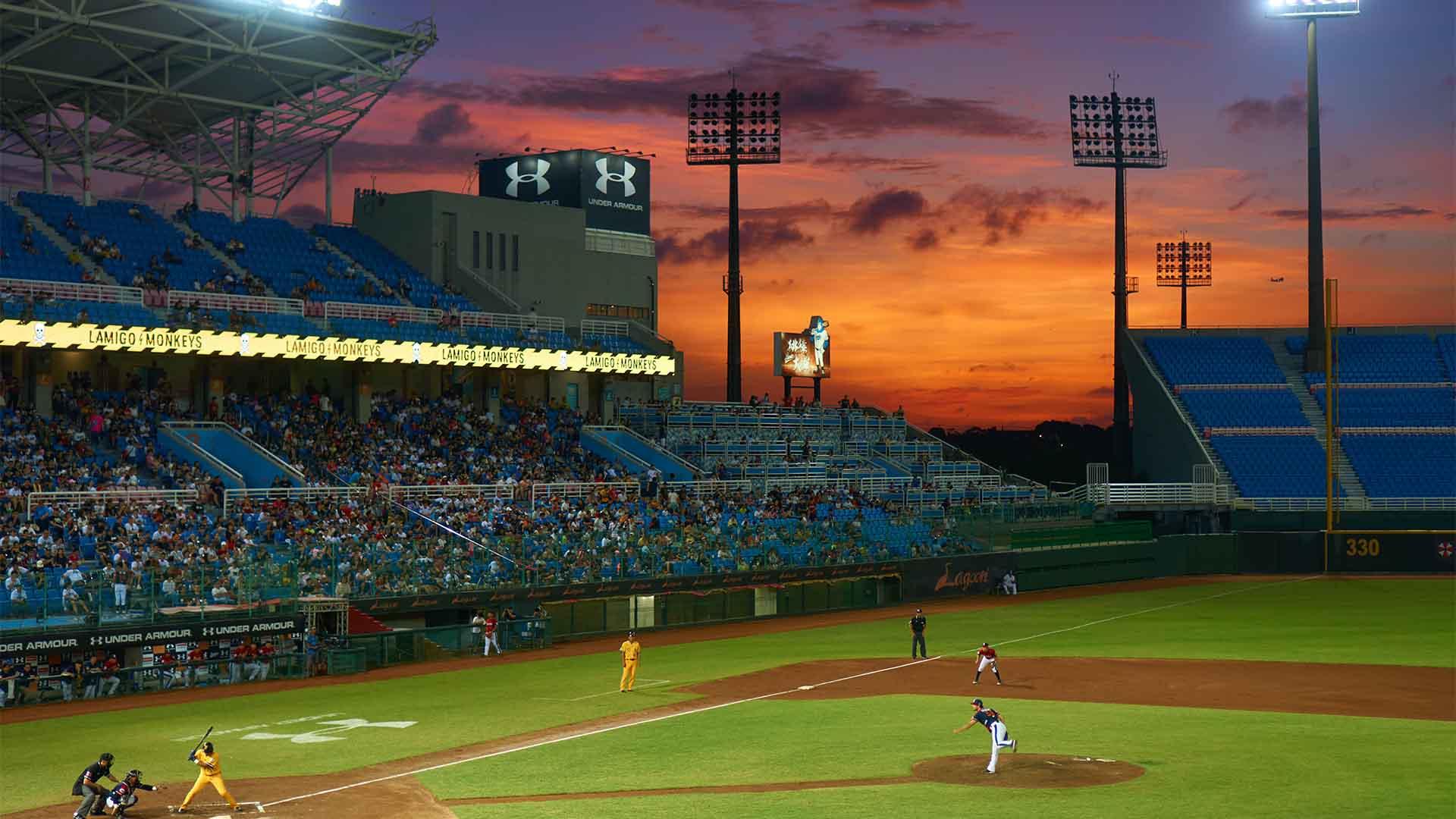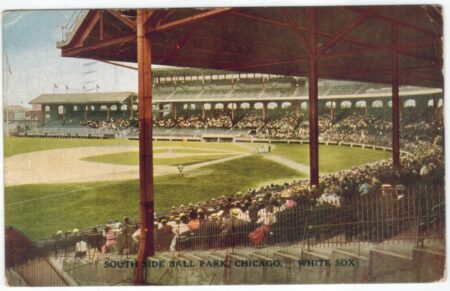Welcome to a grand tour of America’s most iconic baseball stadiums! Each of these magnificent parks is not just a place to play ball—they are hallowed grounds where history, architecture, and the spirit of sport converge.
From the vintage charm of Fenway Park to the party deck views of Coors Field, every stadium has a story to tell. These stadiums are more than just sports venues. They’re cultural landmarks, brimming with tales of legendary games, architectural wonders, and the evolving spirit of America’s pastime. Join us as we step up to the plate to explore our top ten picks for Major League Baseball’s best stadiums.
Colorado Rockies: Coors Field

Coors Field, nestled in the heart of Denver, is a contemporary marvel. Since its opening in 1995, it has been celebrated for its stunning backdrop of the Rocky Mountains. This stadium harmoniously blends modern amenities with classic ballpark charm.
Its expansive outfield and traditional brick facade pay homage to the timeless design of baseball stadiums, while its high altitude famously influences game dynamics. Coors Field is a breathtaking experience, inviting fans to enjoy baseball amidst Colorado’s natural splendor.
Seattle Mariners: T-Mobile Park
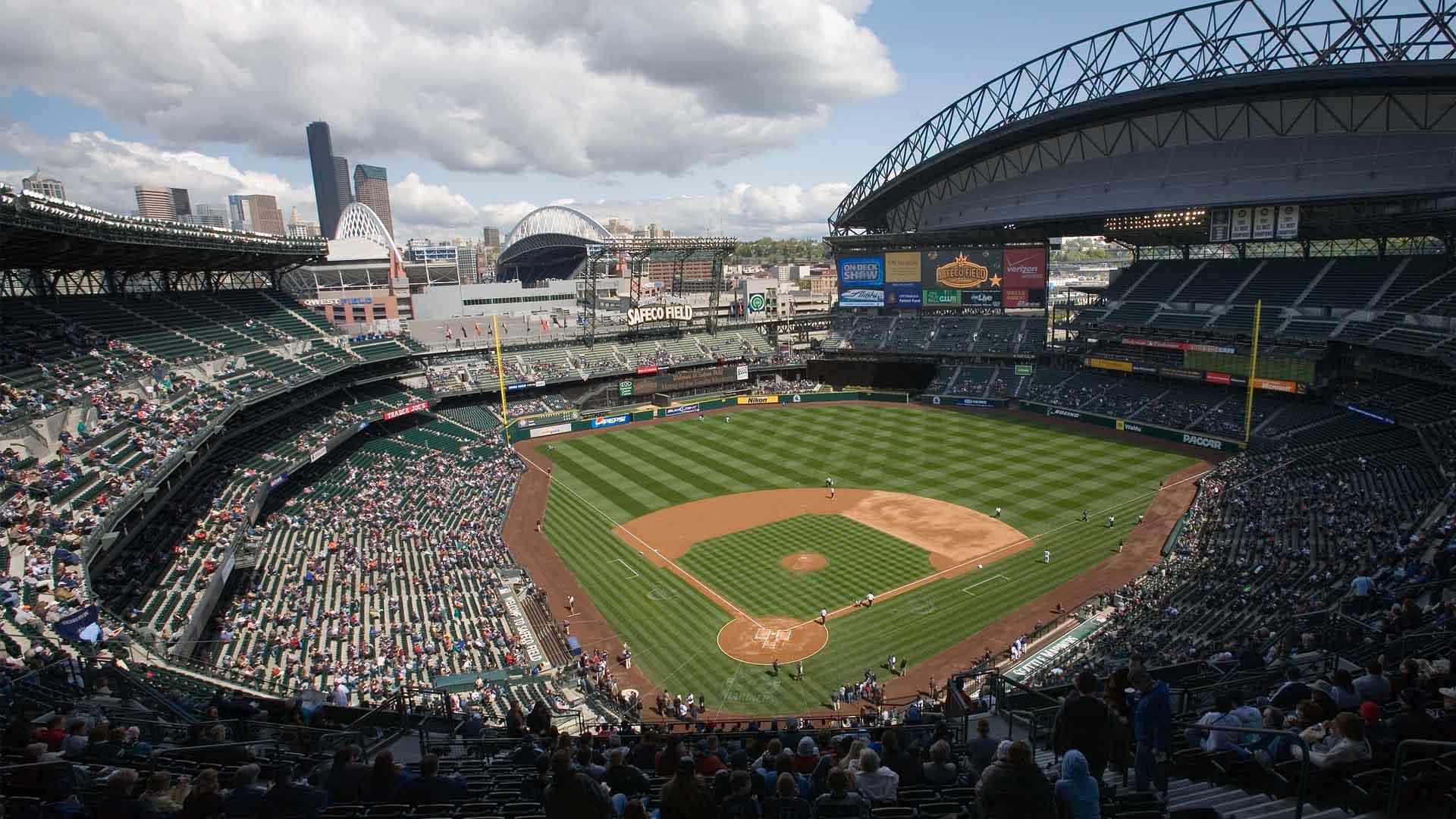
Formerly Safeco Field, T-Mobile Park in Seattle stands as a nod to innovative stadium design. Opened in 1999, it’s renowned for its retractable roof—a marvel that shields fans from the Pacific Northwest’s infamous rain while not enclosing them entirely.
The park’s design beautifully integrates the region’s aesthetic, offering spectacular views of downtown Seattle. Inside, the atmosphere buzzes with excitement, blending modern technology with a fan-focused experience. Here, baseball games are celebrations of the city’s vibrant culture.
St. Louis Cardinals: Busch Stadium
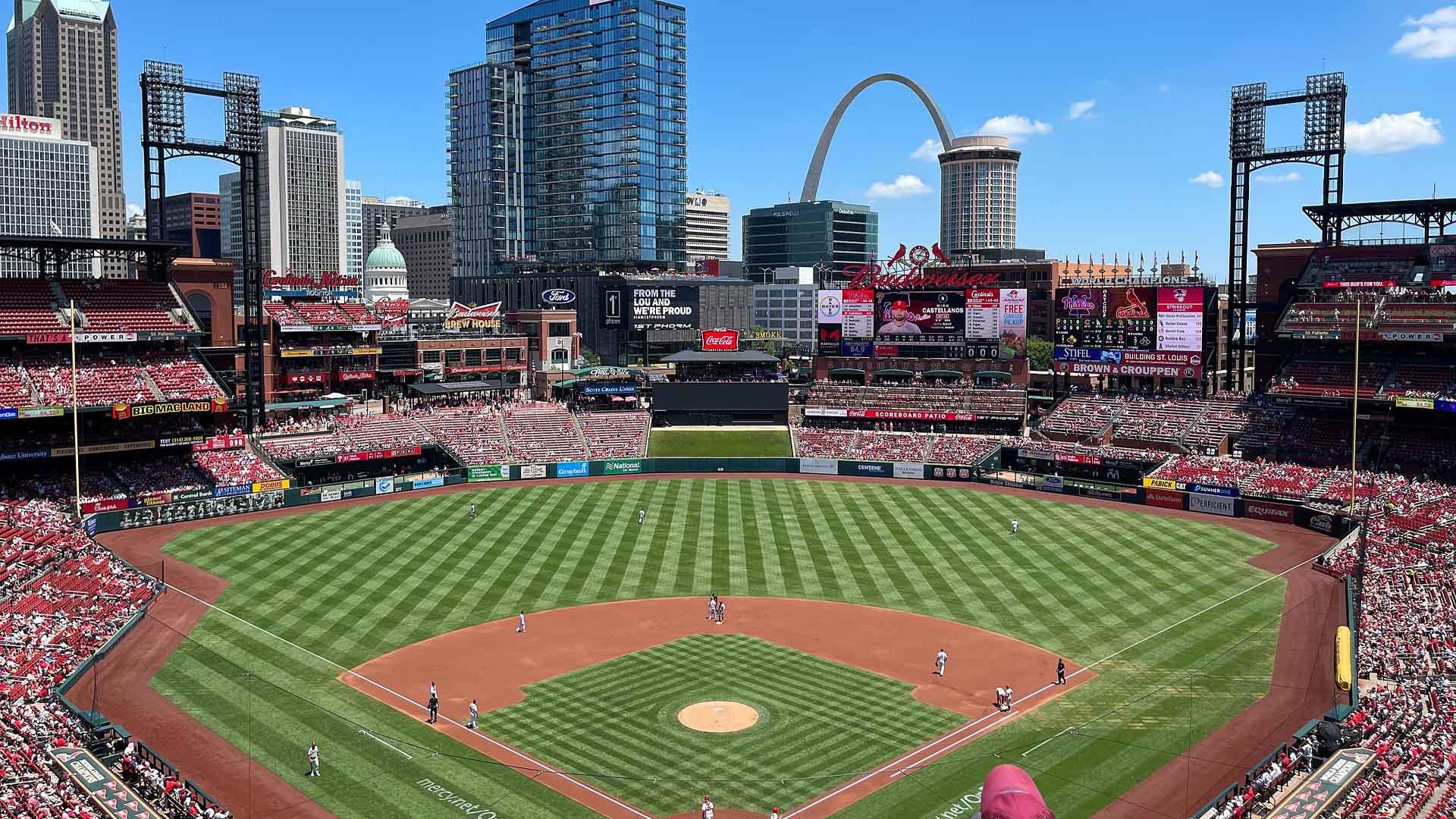
In the shadow of the Gateway Arch lies St. Louis’s Busch Stadium, opened in 2006. This stadium offers a panoramic view of the city skyline, beautifully integrating St. Louis’s rich architectural history.
Its design, a perfect amalgamation of brick and steel, honors the past while embracing the future. Busch Stadium is about community spirit, where fans gather to celebrate their team and their city. The experience here is a blend of tradition and modernity, echoing the city’s ethos and the evolution of the game.
New York Yankees: Yankee Stadium
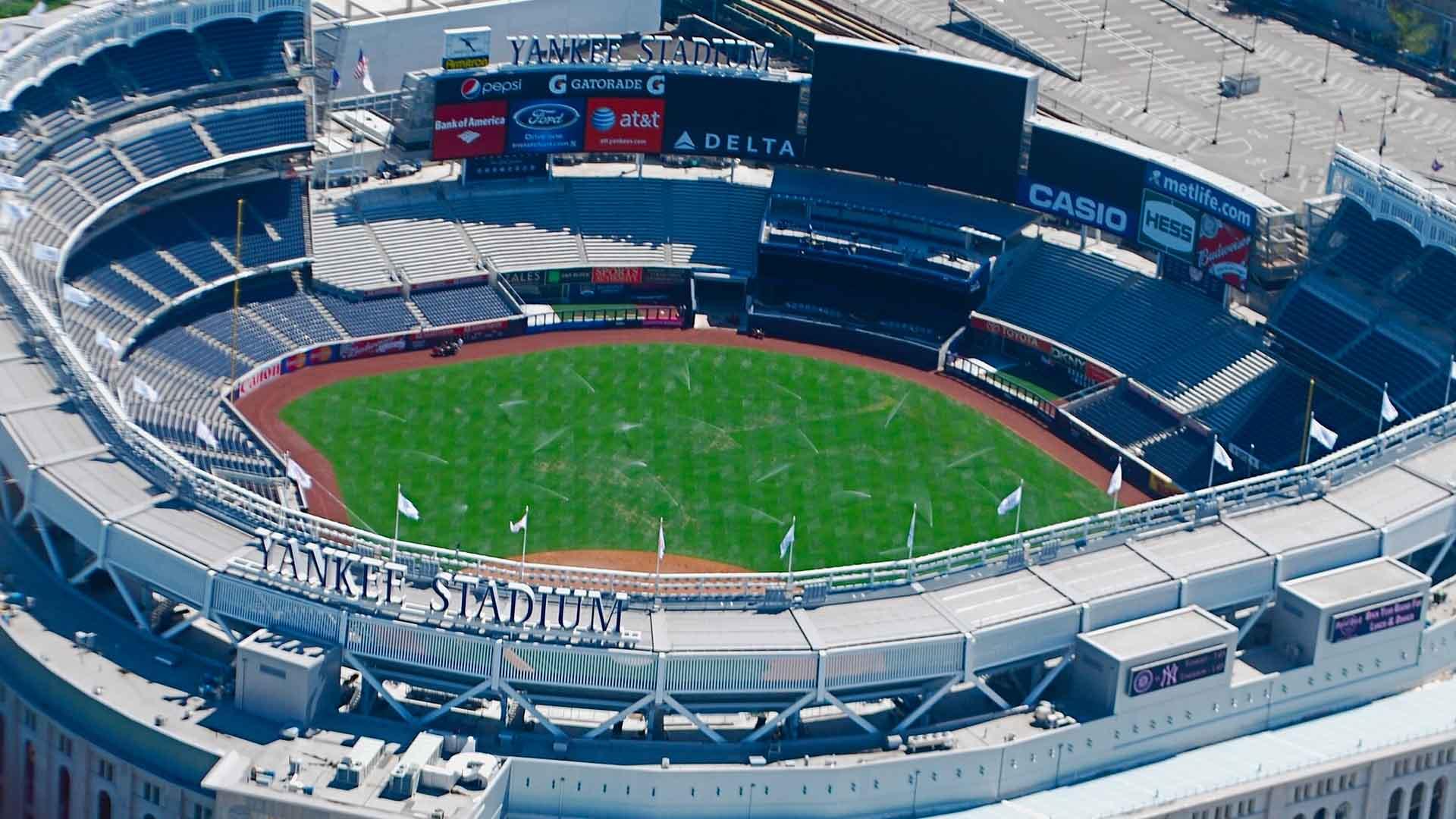
The new Yankee Stadium, opened in 2009, stands as a modern tribute to its storied predecessor from 1923. Located in the Bronx, New York, it meticulously preserves historical elements like Monument Park, while offering cutting-edge facilities.
This stadium represents more than just a sports venue; it’s a symbol of New York’s resilience and pride. The new Yankee Stadium seamlessly melds past and present, offering fans a place to celebrate the rich history of the Yankees while enjoying contemporary comforts.
Baltimore Orioles: Oriole Park at Camden Yards
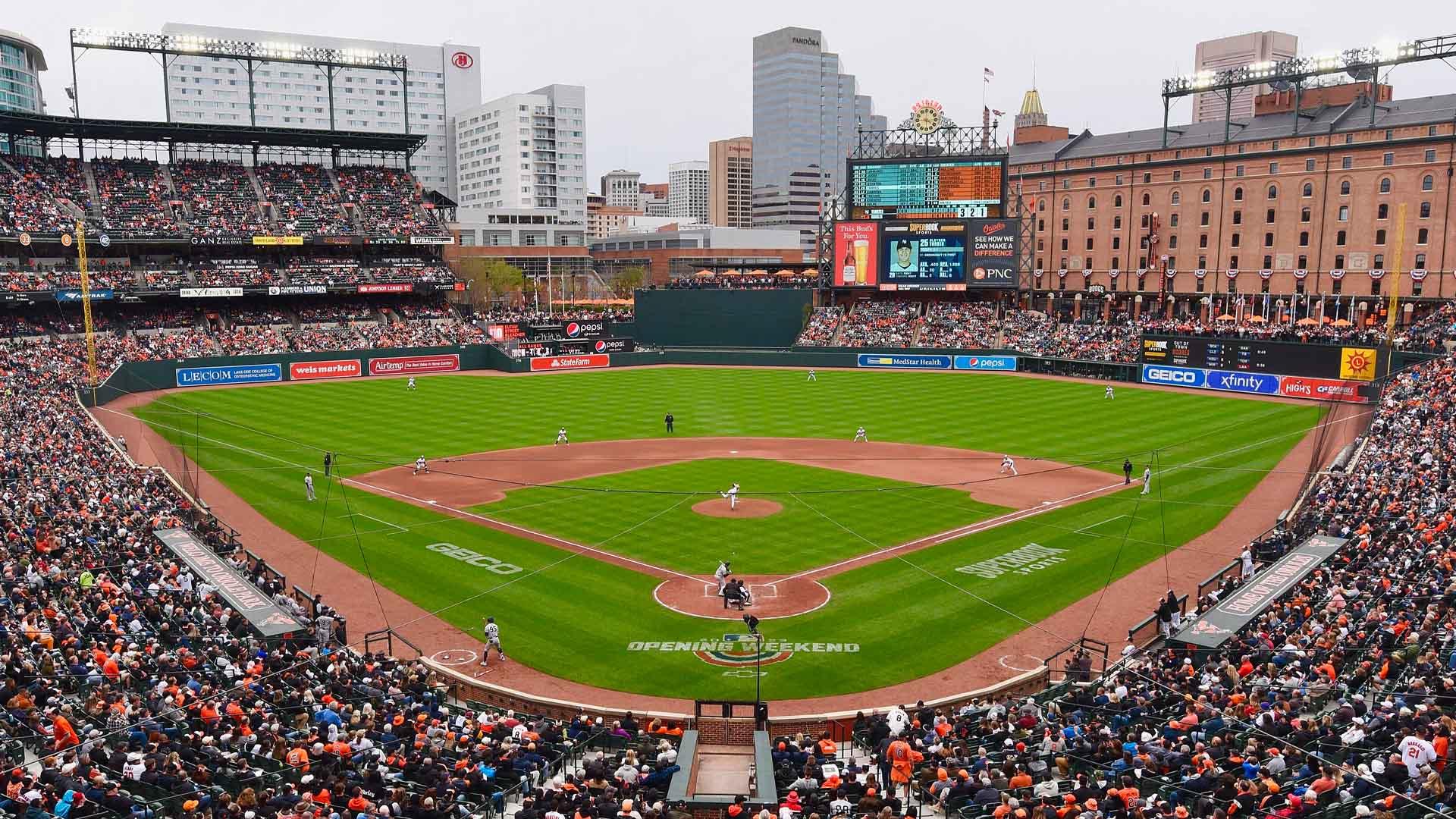
Baltimore’s Oriole Park at Camden Yards, which opened in 1992, sparked a revolution in ballpark design with its retro-classic style. Its intimate scale and asymmetrical field echo the charm of old-school ballparks, while its modern amenities ensure a comfortable experience for fans.
This stadium stands as a bridge between baseball’s past and present, inviting fans to immerse themselves in the game’s rich history while enjoying today’s game-day experience. It’s a place where every pitch and hit resonates with the echoes of baseball lore.
Pittsburgh Pirates: PNC Park
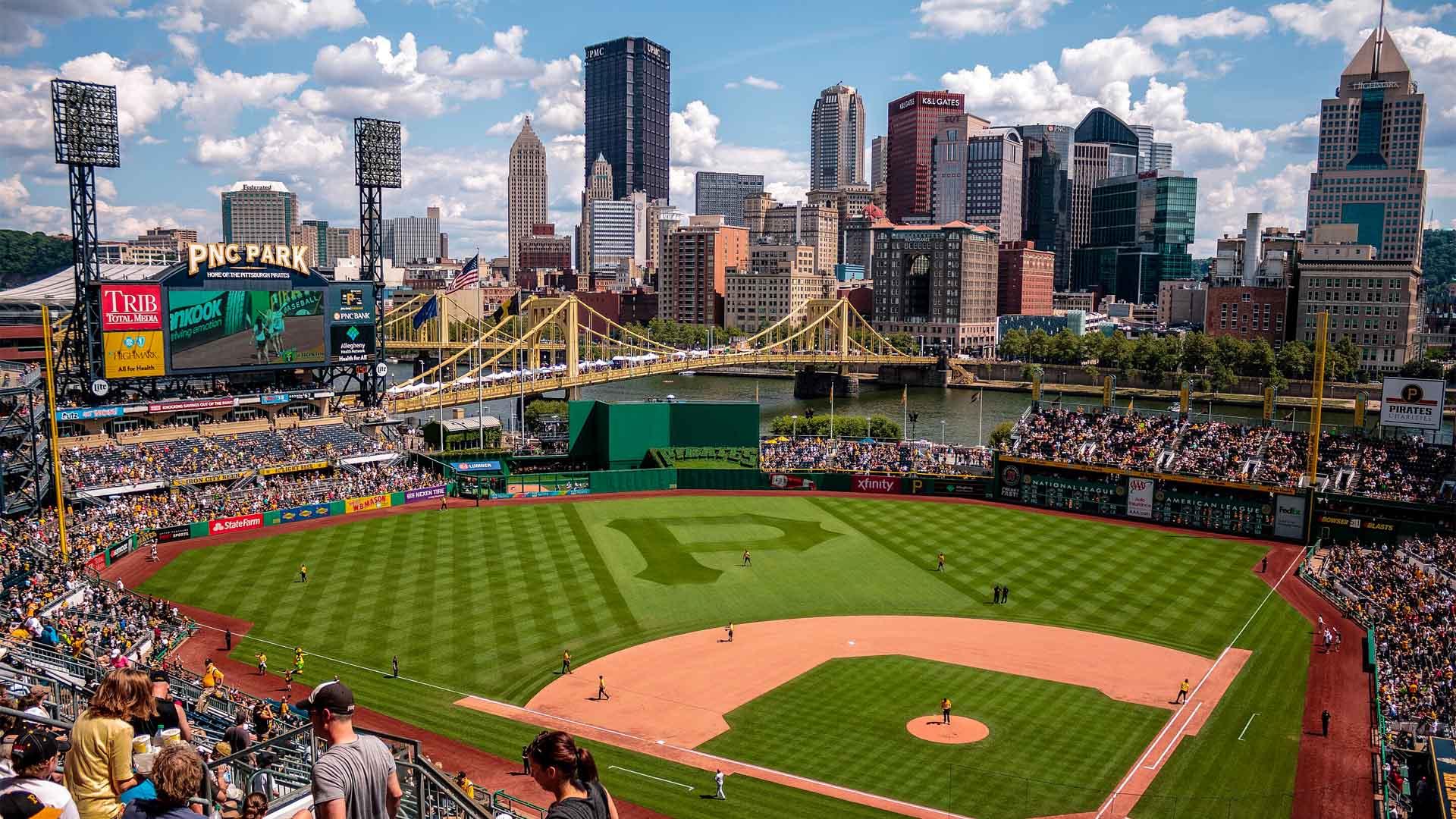
Since 2001, PNC Park in Pittsburgh has been a beacon of modern stadium design. Its intimate setting and incredible views of the Pittsburgh skyline create an unparalleled game-day experience.
The use of steel truss work in its design pays homage to the city’s industrial roots. PNC Park is a celebration of Pittsburgh’s heritage, a place where fans can experience the game amidst the city’s enduring spirit.
San Francisco Giants: Oracle Park
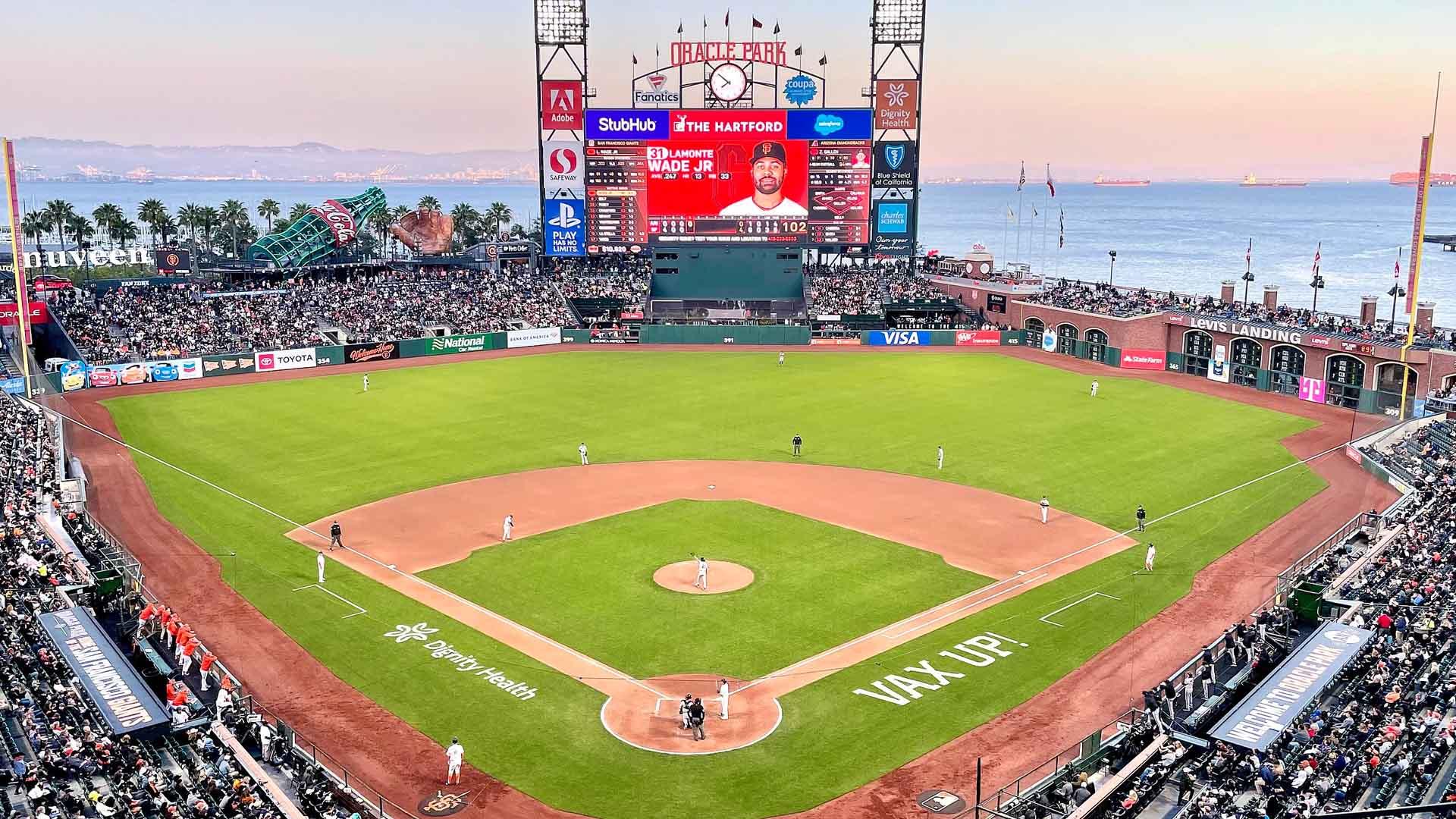
Opened in 2000, Oracle Park is the crown jewel of San Francisco. This bayfront stadium offers breathtaking views and a unique blend of modern amenities with classic ballpark elements.
It’s a place where the beauty of baseball meets the charm of San Francisco. Oracle Park is a must-visit destination for baseball fanatics, inviting fans to enjoy the game in one of the most picturesque settings in America.
Los Angeles Dodgers: Dodger Stadium
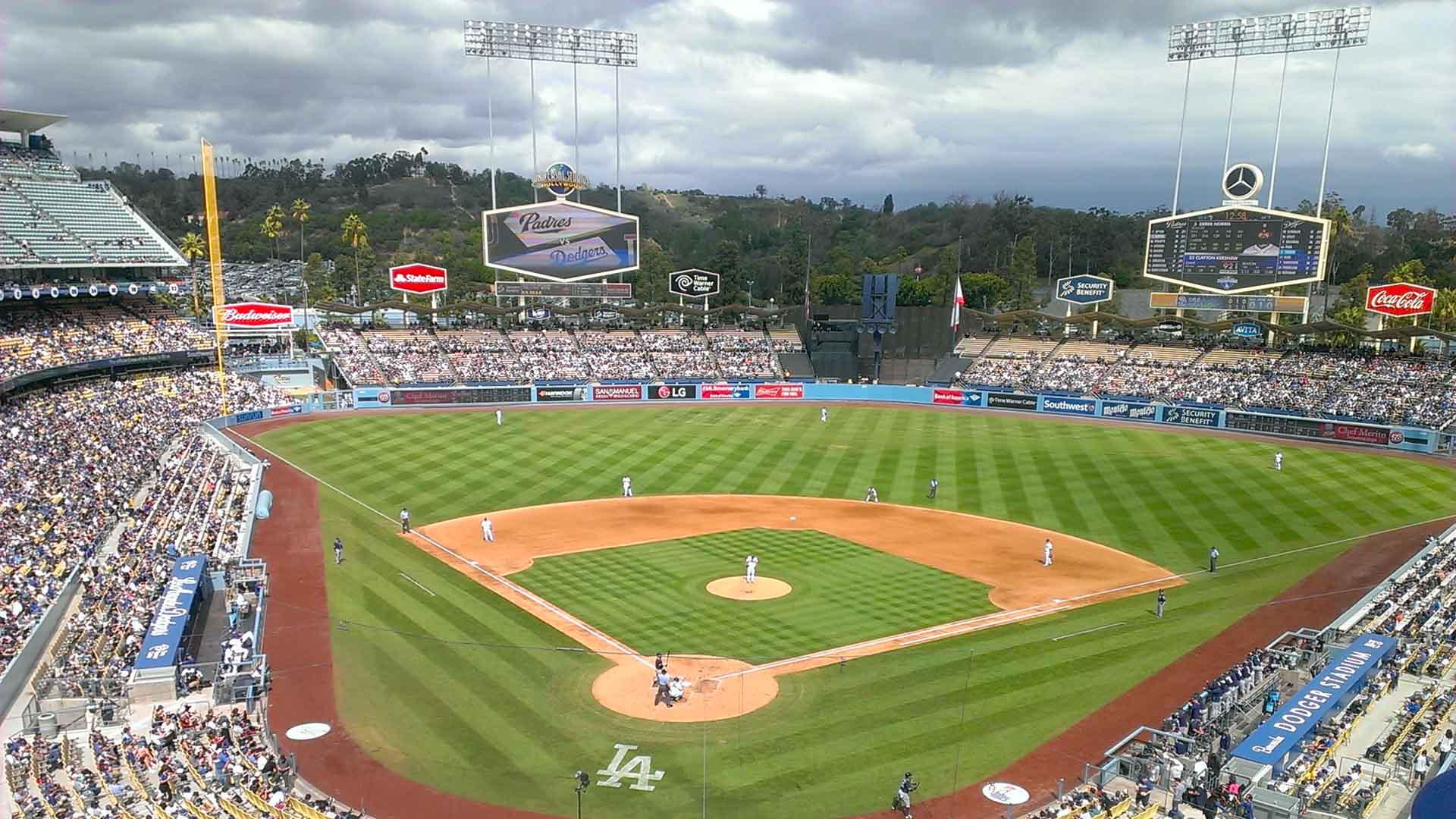
Los Angeles’s Dodger Stadium, opened in 1962, is a shining example of modernist stadium design. Its clean lines and sweeping views offer a unique game-day experience, blending mid-century modern aesthetics with contemporary updates.
This stadium isn’t just a place to watch baseball—it’s a symbol of Los Angeles’s dynamic spirit, a place where fans can enjoy America’s pastime in true Californian style.
Chicago Cubs: Wrigley Field
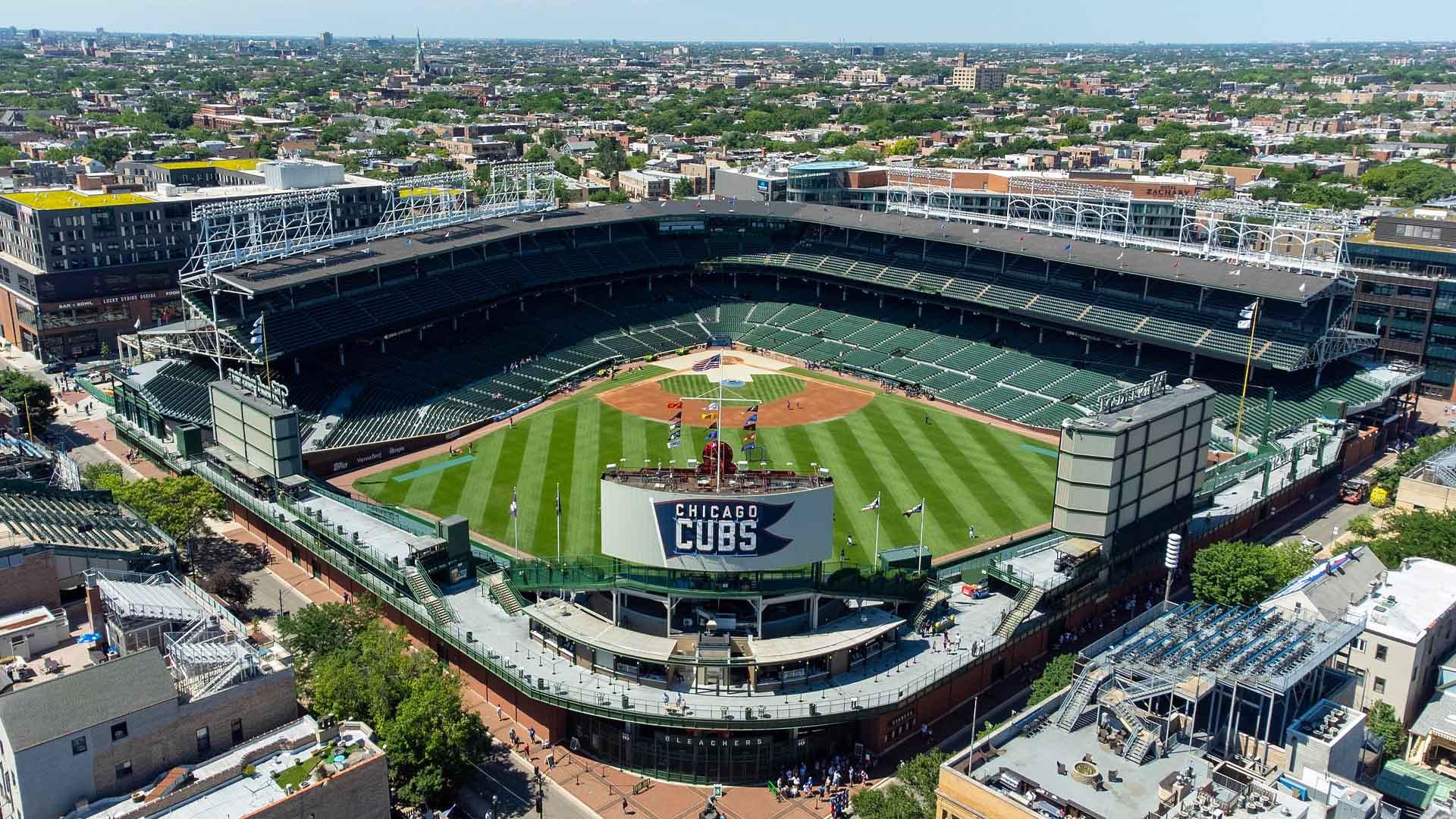
Wrigley Field, home of the Chicago Cubs since 1916, is an enduring symbol of baseball’s golden age. Known for its outfield walls covered in ivy and the iconic red marquee, Wrigley Field offers a nostalgic journey back in time.
This storied ballpark beautifully balances historical charm with modern enhancements, providing a timeless experience for baseball fans. Each game at Wrigley Field offers a trip down memory lane, celebrating the enduring legacy of baseball.
Boston Red Sox: Fenway Park

Fenway Park in Boston, which opened in 1912, is the oldest MLB stadium, a living museum of baseball history. Its unique “jewel box” design and the infamous Green Monster offer a one-of-a-kind baseball experience.
Fenway’s blend of historical allure and modern amenities captures the essence of baseball’s past and present. It’s a place where legends have played, and where every game is steeped in the rich tapestry of baseball lore.
The Future of Ballparks
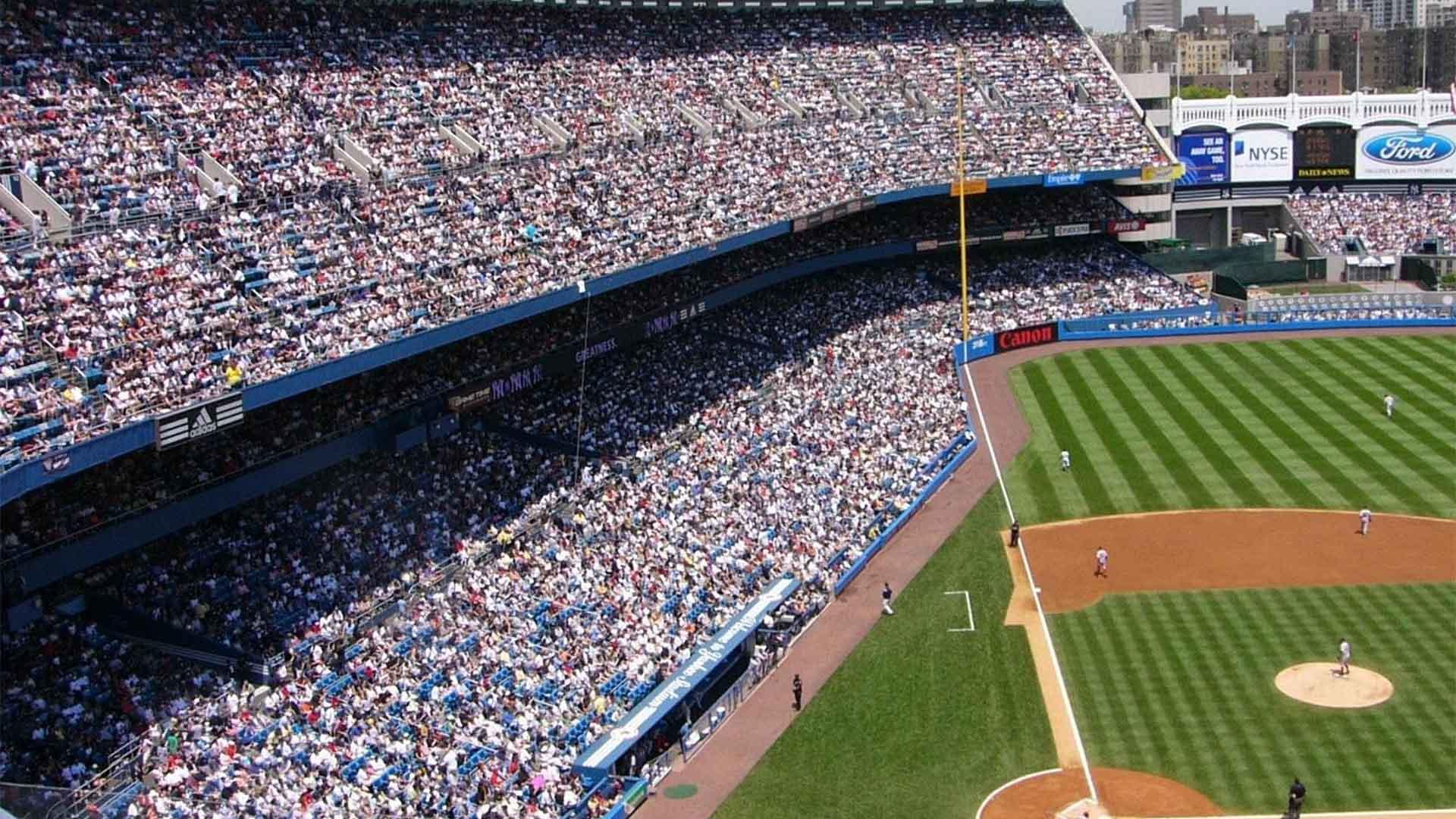
As we conclude our tour of America’s greatest baseball stadiums, we look ahead to the future of ballpark design. These stadiums set the standard for blending tradition with innovation, creating spaces that are more than just sports venues—they’re community hubs, architectural marvels, and keepers of history.
The future of ballparks promises even more integration of technology, sustainability, and fan-centric experiences, ensuring that the spirit of baseball continues to evolve and thrive for generations to come.


